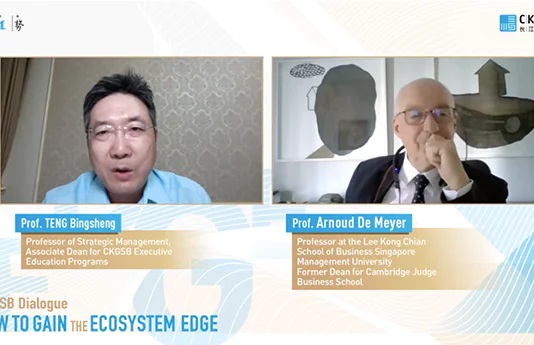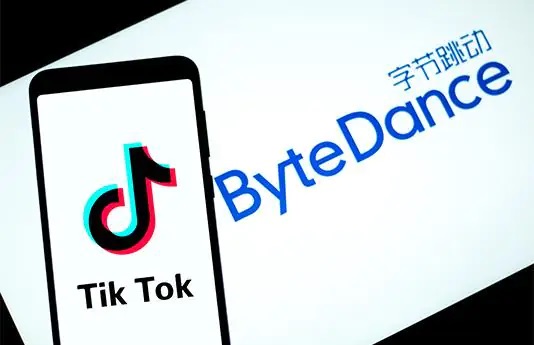As it pushes for internationalization, what is Chinese smartphone maker Xiaomi up against?
China’s hottest smartphone maker Xiaomi is in the hot seat right now. Last week, the company hit a roadblock in India, where its phone sales were suspended under a court injunction because of patent infringement allegations brought up by Swedish telecom giant Ericsson.
The injunction is the first major intellectual property hurdle for Xiaomi, which started its overseas expansion last year with the help of former Google executive Hugo Barra. Among the countries Xiaomi has already entered, many believe that India could be the company’s largest market outside China. Since Xiaomi launched in India in July, it claimed to have sold more than half a million handsets by November. Xiaomi’s India head Manu Jain even told the media in October that the company was considering manufacturing locally next year.
For Xiaomi, the good news is that days after the injunction, the Indian court temporarily lifted the ban on some models of Xiaomi’s phones that use Qualcomm chips. Other models still won’t be in stores at least until early February, when a court hearing about the patent dispute is scheduled. Although the injunction is in India, it has ignited a heated debate back in China about whether Xiaomi’s business model is sustainable in the long run.
So far Xiaomi has enjoyed rapid growth with little in the name of intellectual property challenges, thanks to American chipmaker Qualcomm. As the dominant player in the mobile chip market, Qualcomm has been able to pool patent licenses from its clients in China through cross licensing agreements; and as a client of Qualcomm, Xiaomi is able to use any patents from the pool for free without legal consequences.
However, this special arrangement has been under scrutiny since China launched a year-long anti-trust probe against Qualcomm in late 2013. If authorities eventually strike down the provision, Xiaomi may be vulnerable to lawsuits from big patents holders like Huawei and ZTE.
So has Xiaomi opened Pandora’s box? How will the lack of patents impact its business both in and outside China? We posed these questions to Tony Tong, Visiting Associate Professor of Strategic Management at Cheung Kong Graduate School of Business. Tong says that although Xiaomi is aware of the patent problem and has already started building up its patents portfolio, the company still faces huge risks, especially when expanding into developed markets.
Tong, who has done research on how patents influence Chinese companies’ strategies and is also a co-founder of the Chinese Patent Data Project, shares his insights in this interview.
Q. Xiaomi doesn’t have a lot of patents. Will that be a bottleneck for its growth down the road?
A. Xiaomi currently has 1,500-odd patent applications in China, most of which were filed in the past two years. But only about 100 of them have been granted, because it usually takes several years for the State Intellectual Property Office (SIPO) to complete the process. Among those 100, there are only a dozen invention patents (the rest are design and utility model patents). In comparison Apple has over 1,100 granted patents in China and about half of them are invention patents.
It also has very few patents overseas with patent offices in the US or Europe. So it was kind of hard to imagine that such Xiaomi [would do so well without patents) in this industry. So when I heard about the injunction on Xiaomi in India, I wasn’t very surprised.
Xiaomi could face more problems like this in the future, especially in developed markets like the US and Europe. One important reason that Xiaomi can sell at low prices in China, I think, is that it doesn’t spend that much on licensing fees—it paid some to Qualcomm but not significantly to others. And in overseas markets, Xiaomi may be in bigger trouble, because not only can companies like Apple and Ericsson bring lawsuits against it, [but also] a lot of non-practicing entities, or what we call “patent trolls”, may target it. Patent trolls can cause a lot of damage because they time their legal actions carefully, or they ambush, which give the companies very few options.
Q. Can Xiaomi just buy its way out, since it has supposedly made a lot of money?
A. The ICT (information and communication technology) industry is what we call a “complex” industry when it comes to technologies and patent protection. There are simply so many patents out there and it’s impossible for one company to own them all. Although companies in this industry usually own a large number of patents—to design and manufacture a product requires the use of many patents that are owned by others. So companies often use their own patents as bargaining chips in cross-licensing deals. .But cross-licensing is a two-way street—each party has to offer its own patents and they need to be valuable to the other party.
Xiaomi can pay up licensing fees or buy patents, but [if] they’re to buy, they’ll have to buy a big number of them, which can be extremely expensive. For example, Google spent billions on the transfer of Motorola Mobility’s intellectual property (mainly patents) in 2012; in the same year, Microsoft bought 925 patents from AOL for $1.1 billion.
(Some experts argue that paying up licensing fees can result in a 5% to 20% cost rise for Xiaomi.)
Q. Do you think there’ll be a patent war between Chinese cellphone makers, once Qualcomm’s model stops working?
A. I think yes. [Lawsuits on patents] are like a feature of the ICT industry. Companies like Huawei and ZTE will likely cause some trouble for Xiaomi.
Xiaomi is very successful at branding and marketing its products, but that’s not enough in this industry. To sustain its position internationally, or even domestically, Xiaomi needs to have real technological capabilities and a lot patents covering those technologies.
If Xiaomi is in, say, the fast-moving consumer goods industry, then maybe it can just leverage its marketing power and pull ahead more easily. But it is not.
Q. Is Xiaomi doing anything about its lack of patents?
A. It definitely realized the problem. And I think that’s why Xiaomi is expanding into so many other spaces (such as TVs, set-top boxes, wireless routers and air purifiers), where patent costs are lower, to diversify its product portfolio.
In fact, Lei Jun, the founder of Xiaomi, also invested in and controls a company called Zhigu. This company follows a similar business model to Intellectual Ventures (a well-known, top-five patent owner in the US, sometimes accused of being a patent troll), which does venture capital investment and IPR (intellectual property rights) management. Zhigu has now acquired a large number of patents and has also invested a lot on start-ups and individual inventors.
But it’s not an easy business at all, since it requires a network of top-notch technology experts who know what patents or future inventions are important in specific industries. It’s harder to do so in China because of the bigger environment [of less IPR protection and high quality innovation].
But I do believe that as the situation in China continues to improve, more and more business models around IPR management will emerge. And we’ll see more companies like Zhigu that play as patent market intermediaries.
Q. Will intellectual property protection in China continue to improve?
A. I think so. People in the industry say that copyright and trademarks have enjoyed their “spring” in China in the past couple of years; and the next two years could be “the spring of patents”.




















